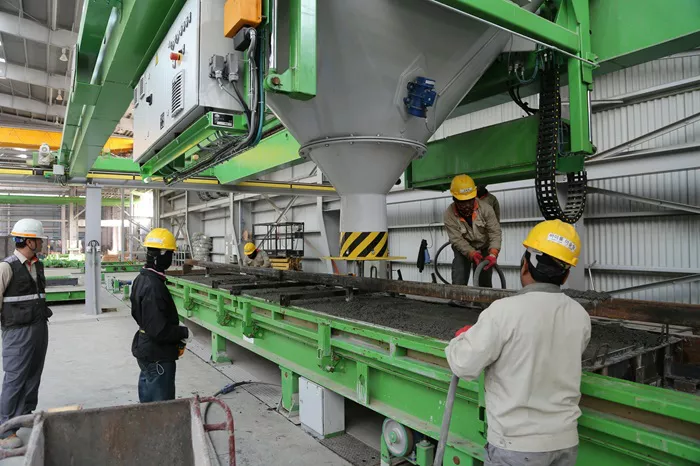The global industrial automation market is undergoing rapid growth as companies seek to improve efficiency, reduce human labor, and adopt new technologies. In 2024, the market is valued at $184.34 billion. By 2031, it is expected to grow to $345.73 billion, with a strong compound annual growth rate (CAGR) of 9.4%. This expansion is being fueled by the increasing use of automation across industries such as manufacturing, energy, automotive, and logistics.
A key factor behind this growth is the rise of smart factories and the adoption of Industry 4.0 practices. These practices focus on automation, data exchange, and better connectivity. Among the various technologies, robotic process automation (RPA) stands out. It is widely used to automate repetitive tasks, helping companies save time and labor.
Asia Pacific is currently leading the global industrial automation market. Countries like China, India, and Japan are seeing fast industrial growth, supported by government programs that encourage factory modernization and digital transformation.
Benefits of Industrial Automation in Manufacturing
Automation brings many advantages to manufacturing. It increases productivity, accuracy, and efficiency. Automated systems reduce human errors and allow for continuous, around-the-clock production. This leads to lower long-term costs. These systems also improve quality control by providing real-time monitoring and consistent performance.
By using technologies like the Internet of Things (IoT), machine learning, and predictive analytics, manufacturers can make better decisions, schedule maintenance effectively, and prevent unexpected breakdowns. Automation also improves worker safety by handling dangerous tasks and allowing for remote operation. Overall, it helps manufacturers stay competitive in a fast-changing market.
Market Segmentation
The industrial automation market can be divided by product type and end-use industry.
By product type, it includes:
- Supervisory Control and Data Acquisition (SCADA)
- Distributed Control Systems (DCS)
- Programmable Logic Controllers (PLC)
- Human-Machine Interface (HMI)
- Robotic Systems
Among these, robotic systems and PLCs are seeing the most growth due to their use in precise and repetitive operations, such as assembly lines.
By end-use, the market includes:
- Manufacturing
- Oil & Gas
- Automotive
- Energy & Utilities
- Food & Beverages
- Pharmaceuticals
Manufacturing is the largest user of automation, driven by the need for efficiency and high-quality production. The energy sector is also increasing its use of automation for managing electrical grids and smart distribution networks.
Regional Insights
Asia Pacific leads the global industrial automation market. The region benefits from fast-growing manufacturing sectors, rising labor costs, and government support for digital technology adoption, especially in China, India, and Japan.
North America is another key region. It benefits from early adoption of advanced technology, strong research and development (R&D) capabilities, and a growing number of smart factories in the U.S. and Canada.
Market Drivers, Challenges, and Opportunities
Drivers
The biggest driver of the market is the shift toward Industry 4.0. This shift involves using real-time data, cloud services, and connected devices to create smarter and more efficient factories. Businesses are turning to automation to lower costs, boost output, and meet rising consumer expectations.
Challenges
Despite its benefits, automation has some barriers. The upfront cost of installing automation systems can be high. Many companies also face difficulties in connecting new systems with older ones. Small and medium-sized enterprises (SMEs) often struggle with budget issues and a shortage of skilled workers who can manage and maintain these systems.
Opportunities
New opportunities are emerging as companies move toward remote factory management, a trend accelerated by the COVID-19 pandemic. Remote operations offer greater flexibility and resilience. Also, adding artificial intelligence (AI) and machine learning to automation systems could create smarter, more adaptable processes, opening up new ways to grow and innovate.

